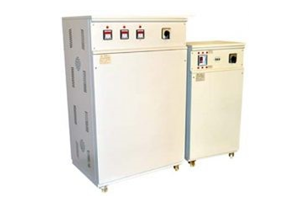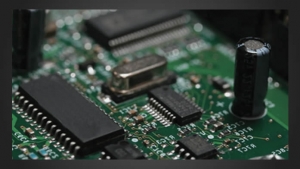The servo Stabilizator performs the function of keeping the mains voltage constant at the standard value. Servo stabilizator regulate with the help of motor and transformer. By continuously measuring the output voltage with the help of a microprocessor control card, the motor is activated in the appropriate direction in case of nominal deviation. The output voltage is regulated by the voltage given to the booster transformer at an appropriate value with the help of the variac connected to the motor. If there is no deviation in the output voltage, the motor will not rotate.
Servo stabilizator has end-limit switches placed at 0 and 360 degrees to prevent motor over-rotation. Since it has moving parts, the possibility of malfunction is high. It is produced in powers between 1 KVA and 2000 KVA. Variacs are used in parallel for powers above 150 KVA. Optionally, additional protection can be added to the servo stabilizator to provide extra safety.

What is Servo Stabilizator? What is the Working Principle?
The voltage coming from the main current at the input of the servo stabilizator is constantly measured by the circuit and provides feedback to the main control unit consisting of the microprocessor. This microprocessor constantly takes input voltage values. When there is high or low voltage at the input of the automatic voltage stabilizator (servo stabilizator ), the microprocessor triggers the motor driver. Servo stabilizator adjusts the voltage by moving along the motor driver transformer winding according to the high voltage or low voltage at the input.
You can examine the diagram on the side for the working principle of the servo stabilizator .
You can learn more about servo stabilizator types and features by reviewing our Sevo stabilizator page. Again, you can get information about our products by contacting our company.

